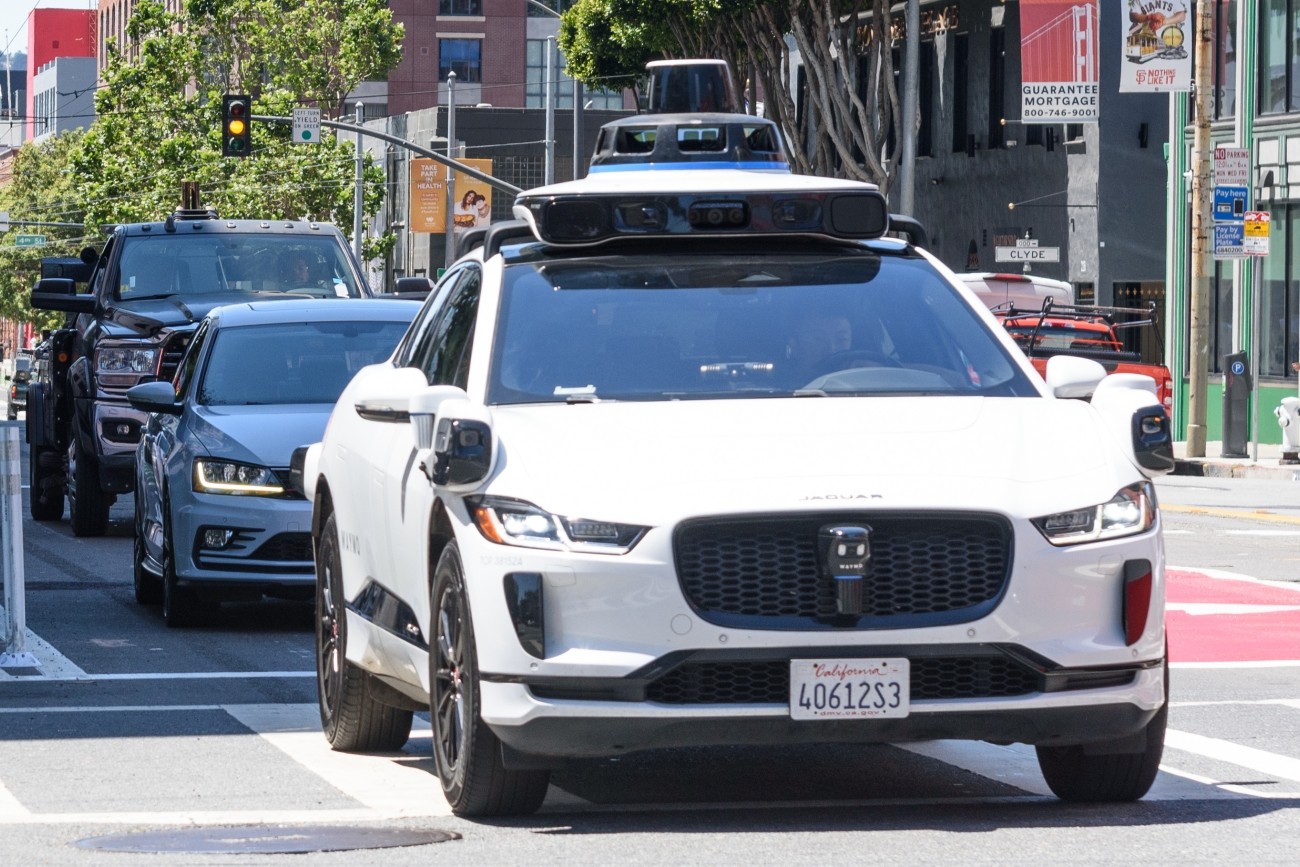
Autonomous Vehicle (AV) Technology
San Francisco is a locus of Autonomous Vehicle (AV) deployment, including commercial AV passenger services and our Treasure Island Loop AV Shuttle Pilot. San Francisco continues to support the potential benefits of automated driving, provided deployment occurs in an incremental manner.
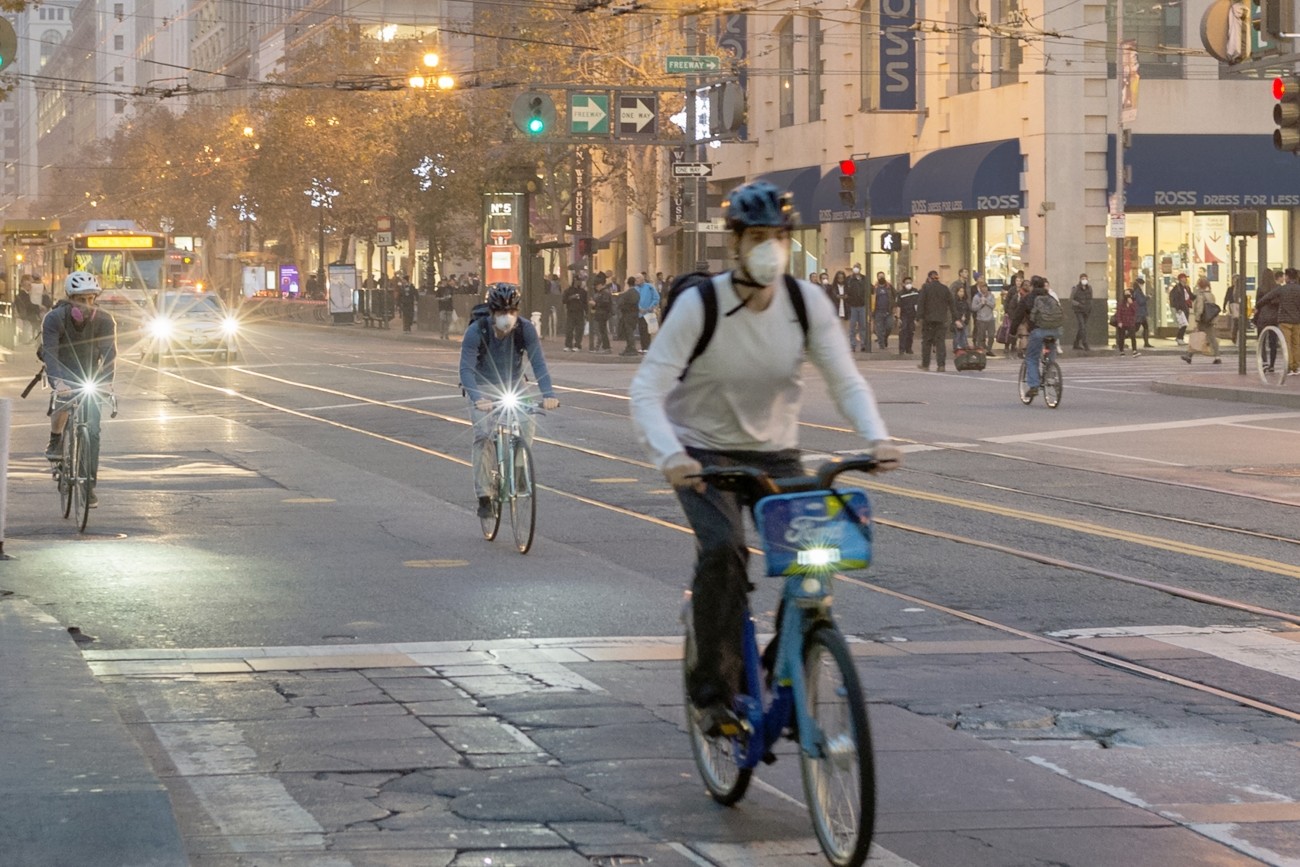
Climate Action
Replacing car travel with more sustainable modes will reduce greenhouse gas emissions and create a healthier environment for San Francisco residents, workers, and visitors.
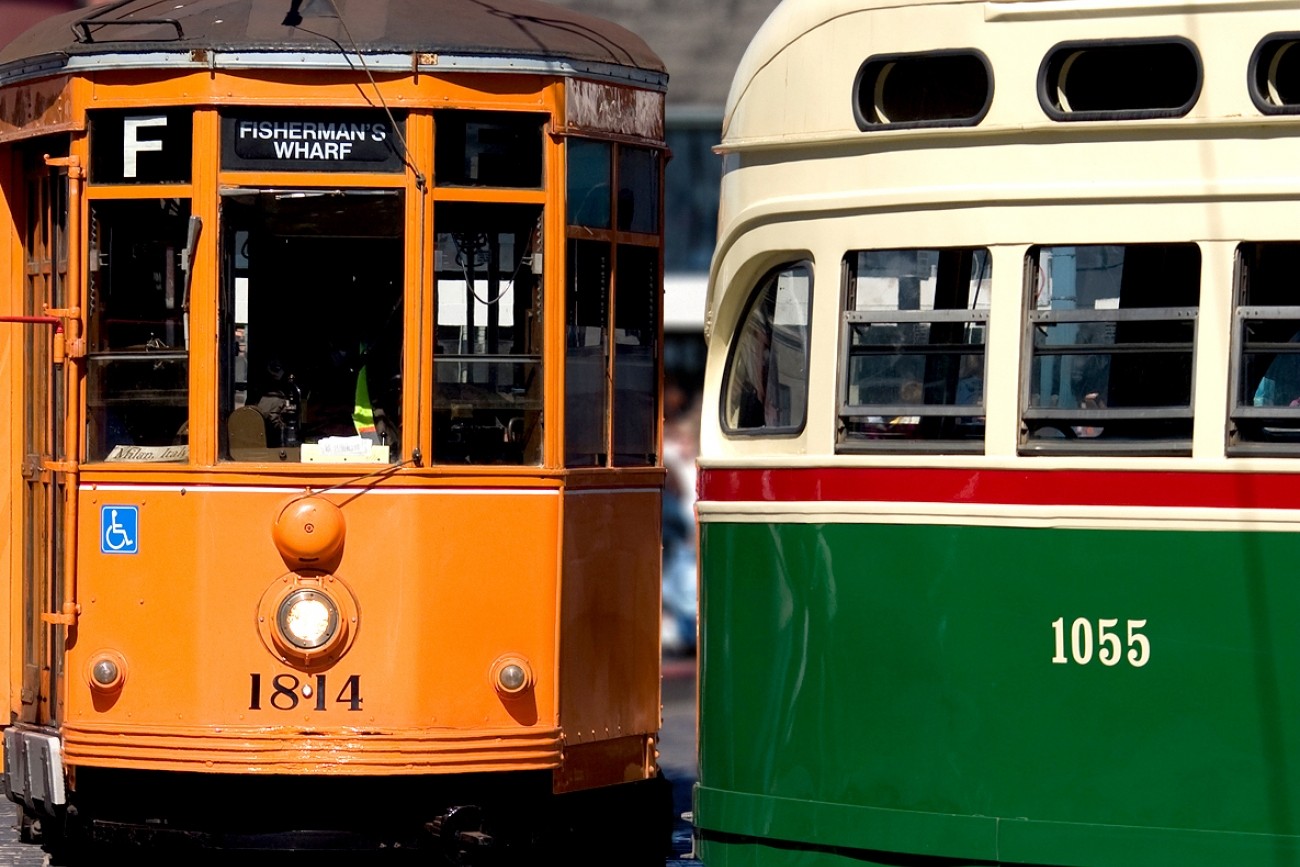
Closing the Funding Gap
San Francisco's Transportation Task Force 2045 recently identified a $22 billion funding gap for San Francisco's transportation network.
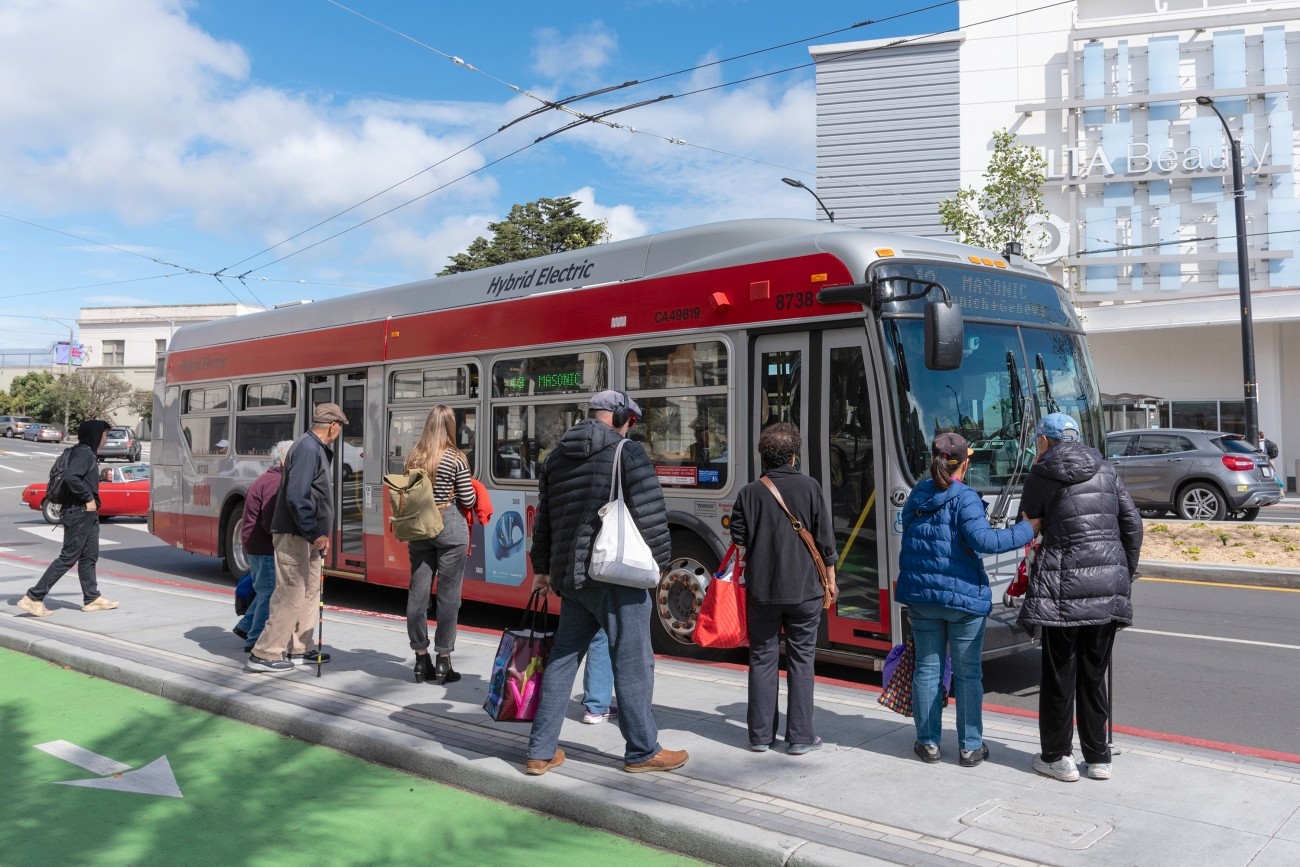
Complete Streets
Complete streets are designed to ensure people of all ages and abilities can get around San Francisco. Complete Streets efforts focus on making sure streets are designed for everyone who is using them: people walking, biking, taking transit, driving, and other modes.
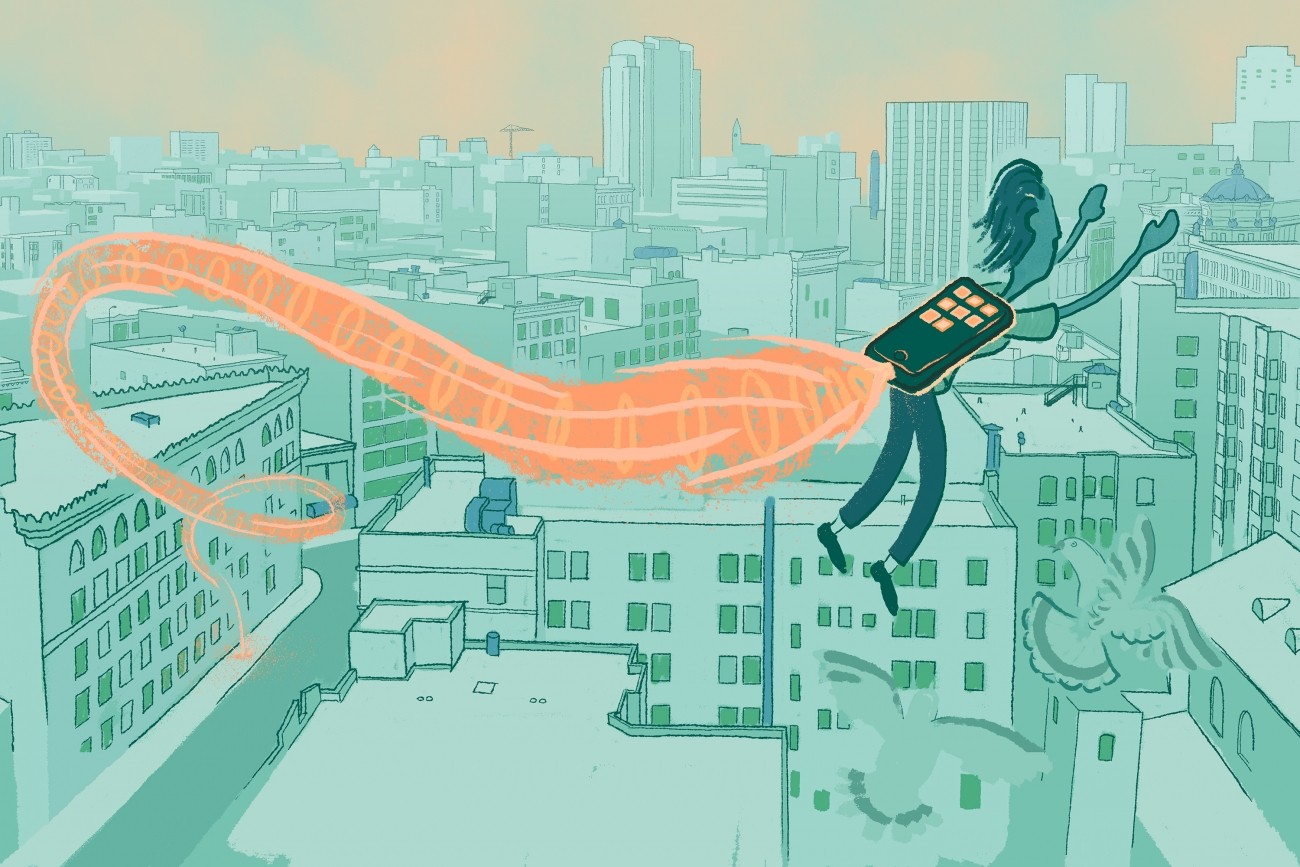
Emerging Mobility
We are working with the SFMTA and partners from the public and private sector to better understand how innovations in transportation are influencing San Francisco’s transportation network.
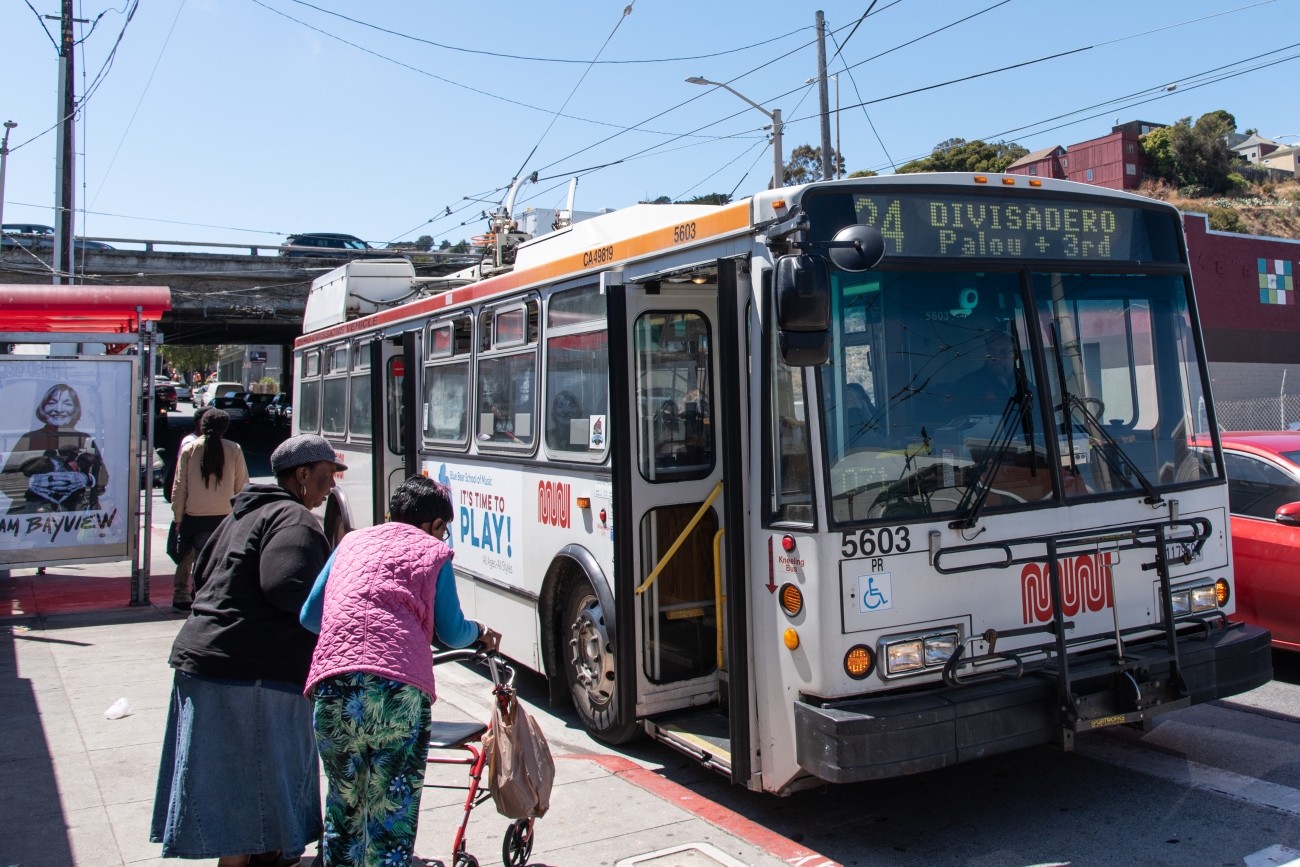
Equity Priority Communities
San Francisco’s Equity Priority Communities include a diverse cross-section of populations and communities that could be considered disadvantaged or vulnerable now and in the future. Various agencies use Equity Priority Communities designation as a factor to prioritize transportation projects and funding.
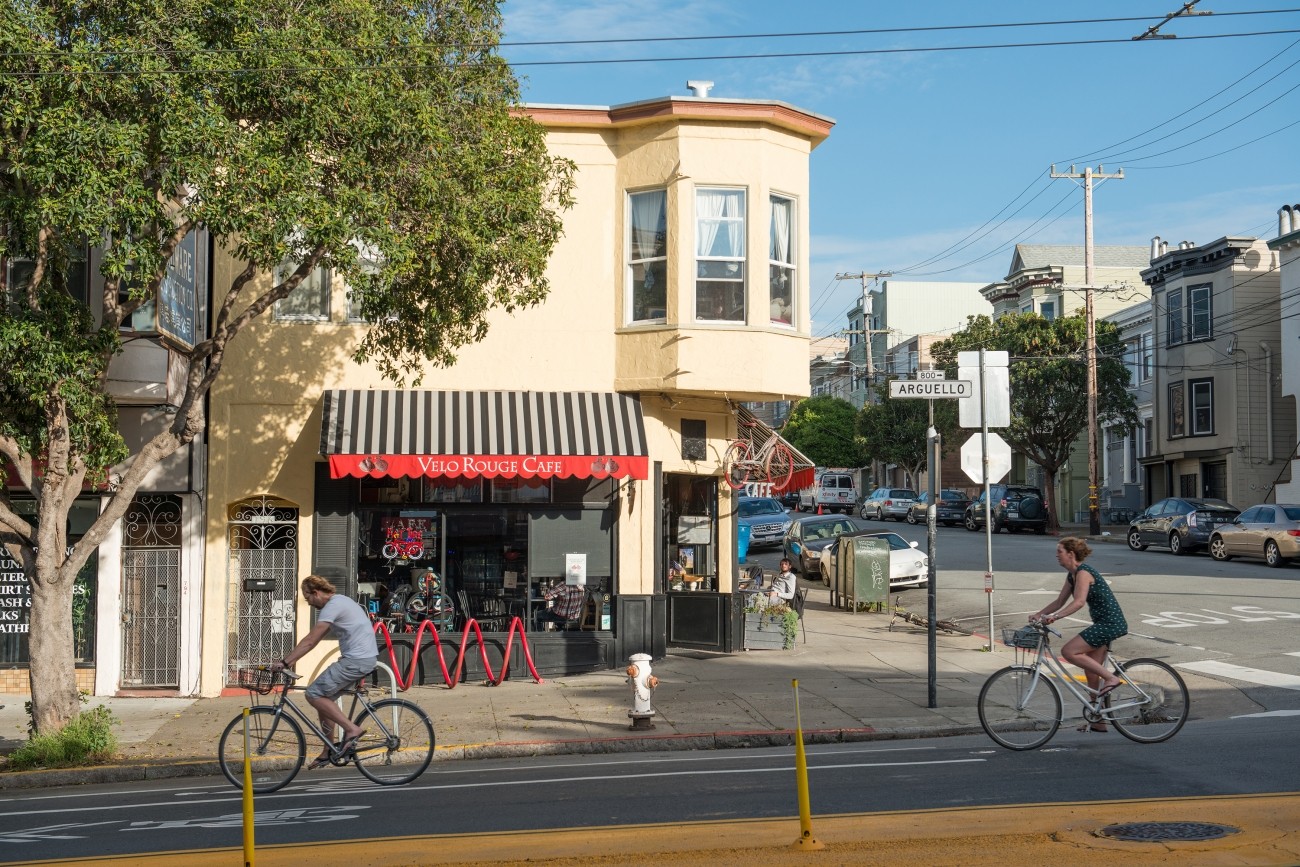
Neighborhood Program
The Transportation Authority’s Neighborhood Program supports neighborhood-scale transportation planning efforts and project implementation in each supervisorial district.
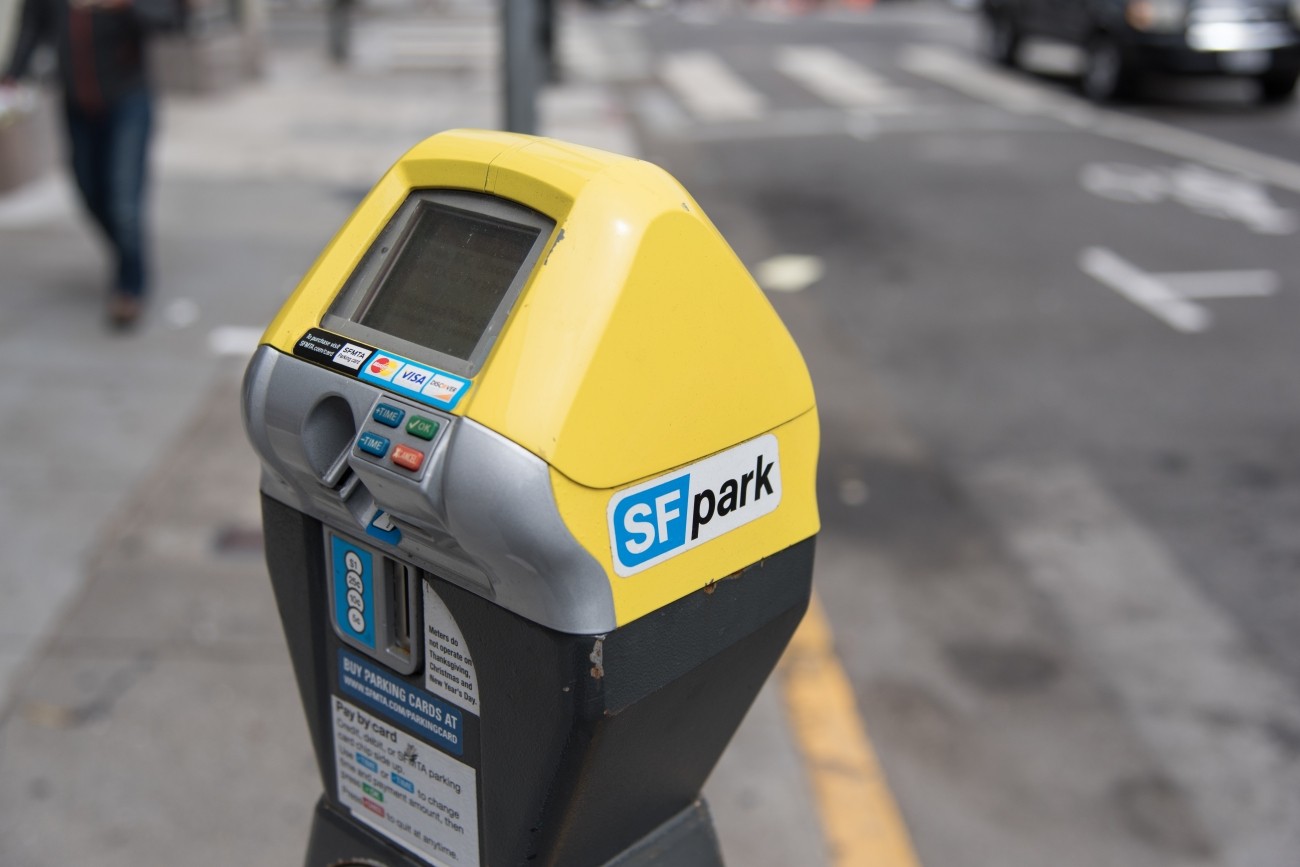
Pricing & Incentives
Pricing and incentives tools can be used to encourage the use of options like walking, biking, and taking transit. If done well, pricing and incentives programs can make San Francisco’s transportation system more equitable.
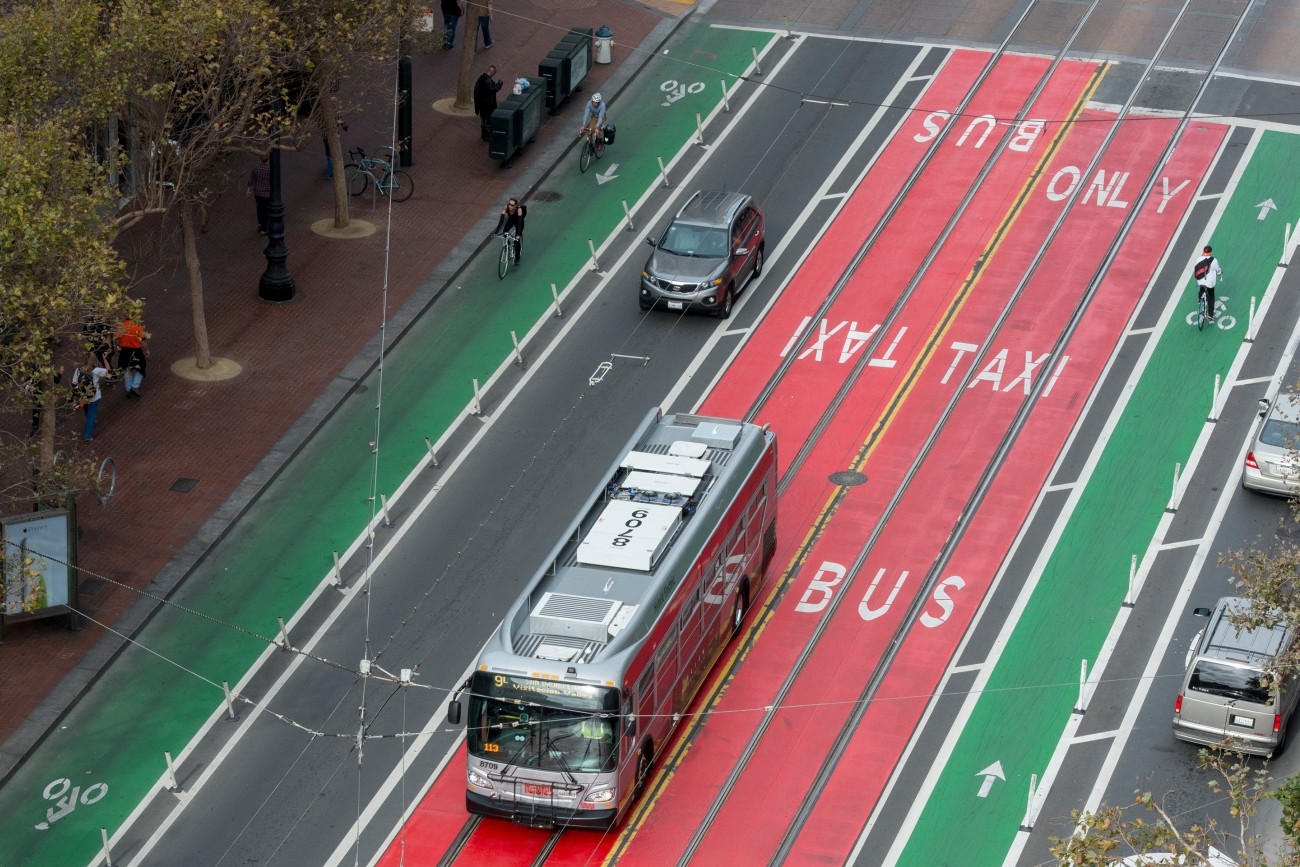
Transit-First
San Francisco's Transit-First policy—which prioritizes movement of people and goods with a focus on transit, walking, and biking instead of private automobiles—continues to guide our efforts amidst rapid growth and change.
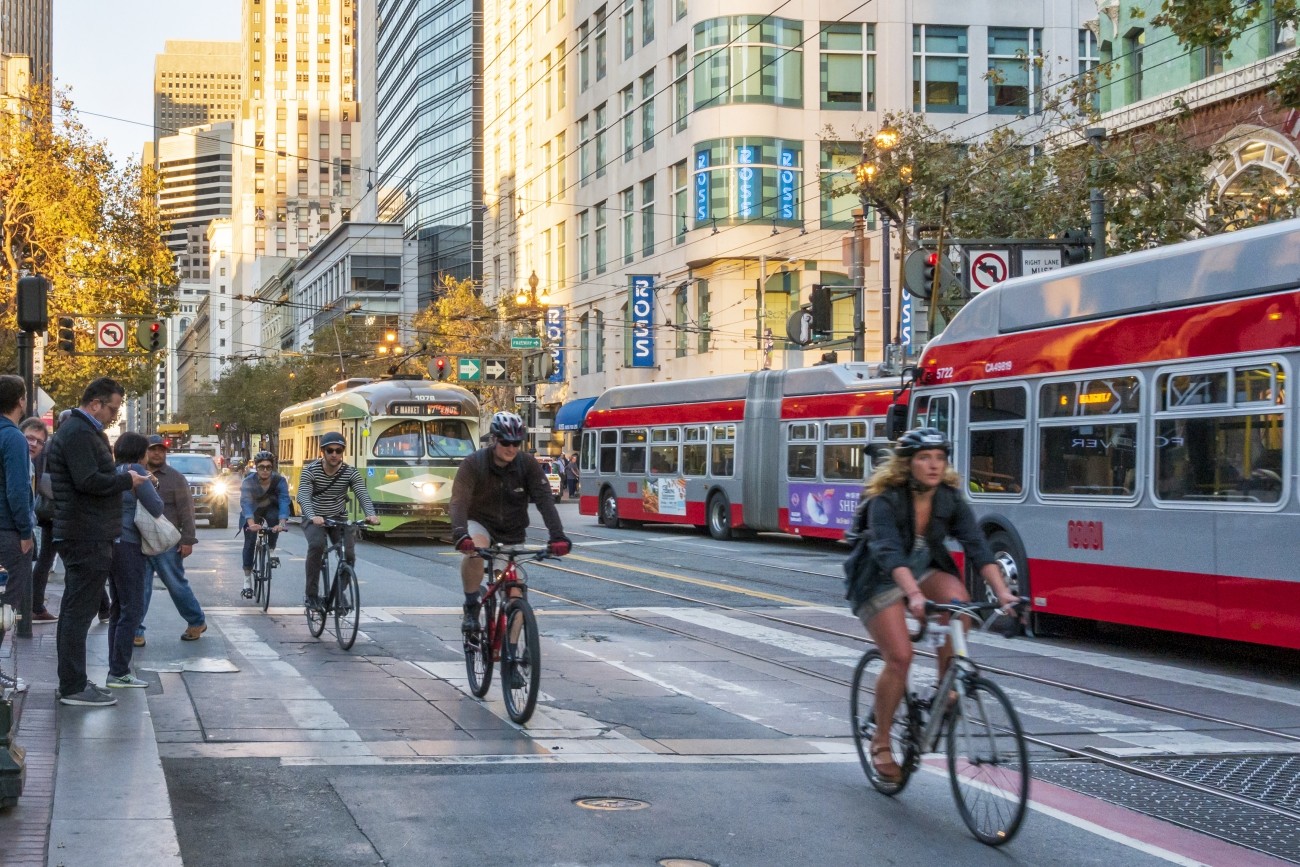
Transportation Demand Management
Transportation Demand Management is a set of programs and policies that seeks to reduce solo-occupancy car dependence by encouraging people to travel by transit, bicycling, walking, carpooling/vanpooling, or telecommuting.
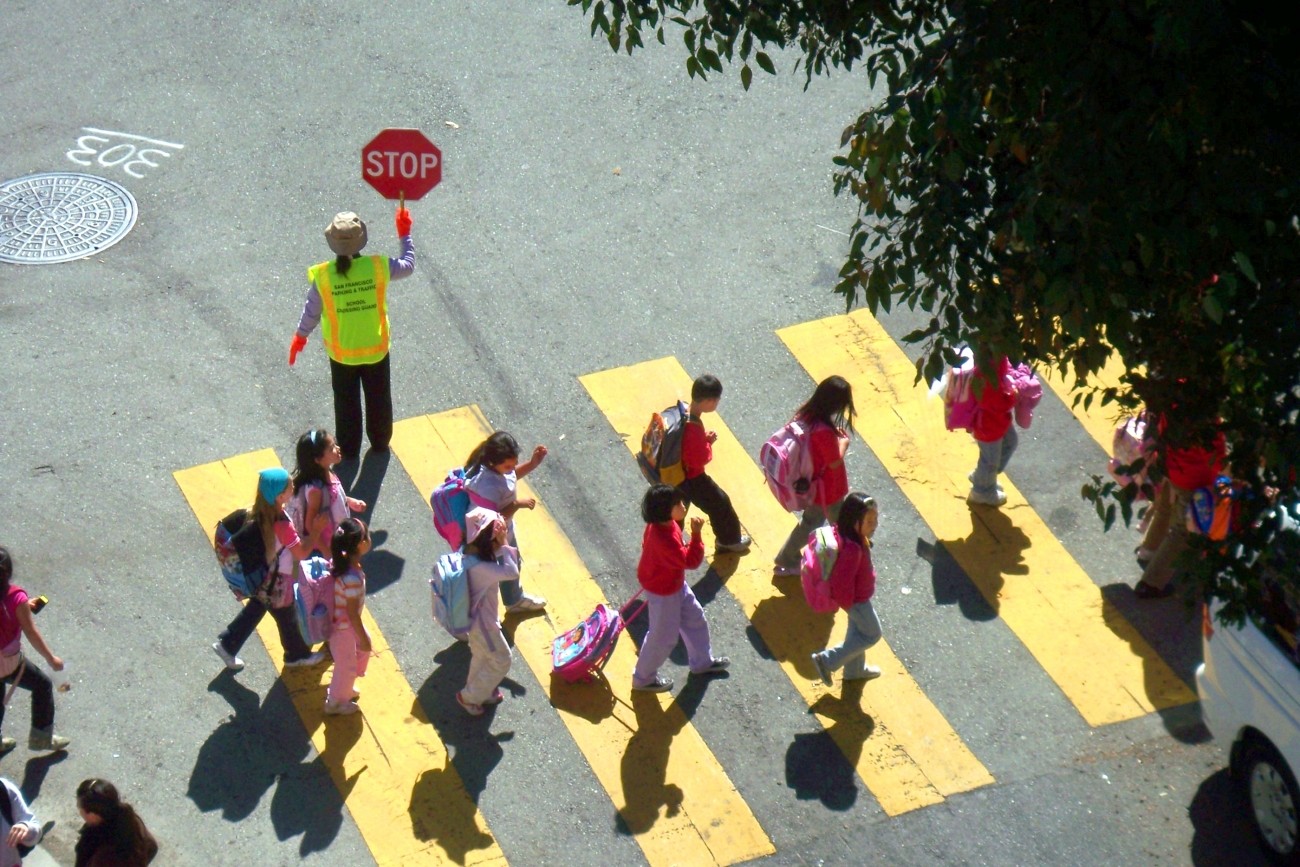
Vision Zero
In 2014, San Francisco became a Vision Zero City, vowing to eliminate all traffic-related deaths by 2024 through education, enforcement, and road infrastructure redesign.